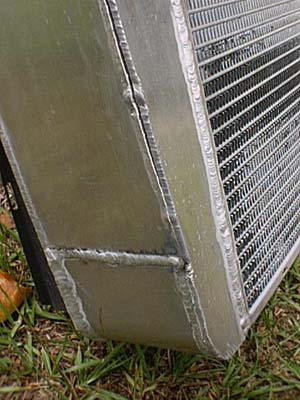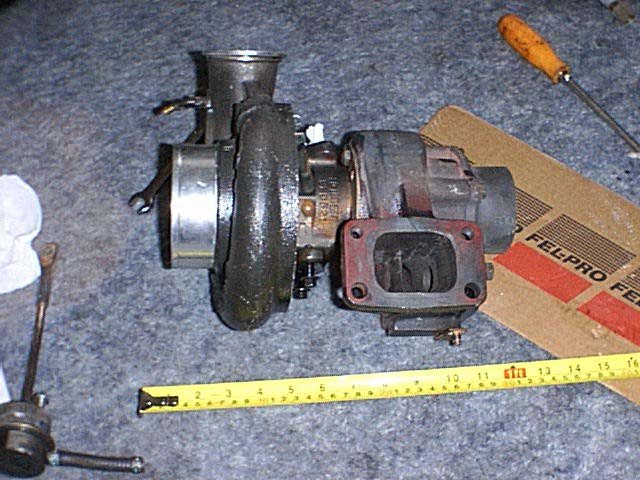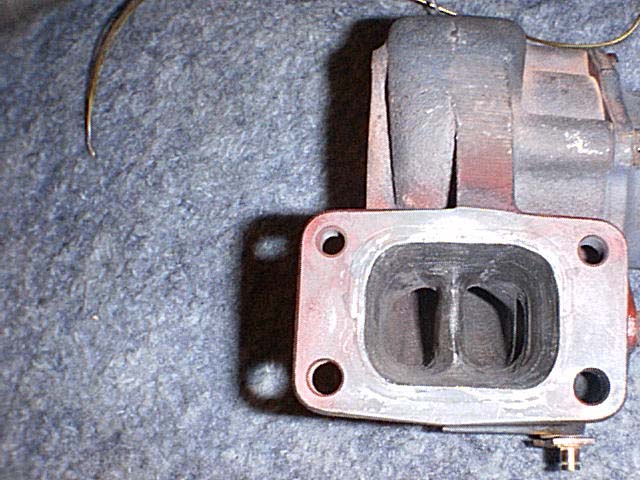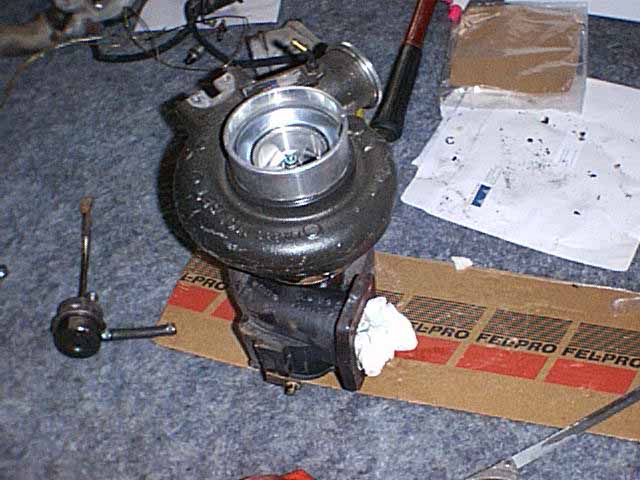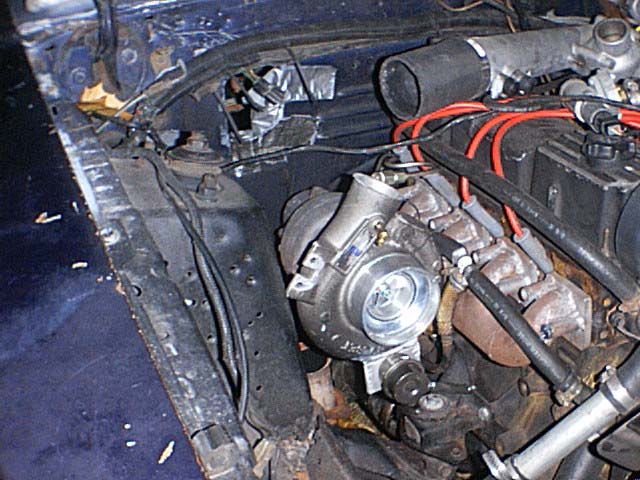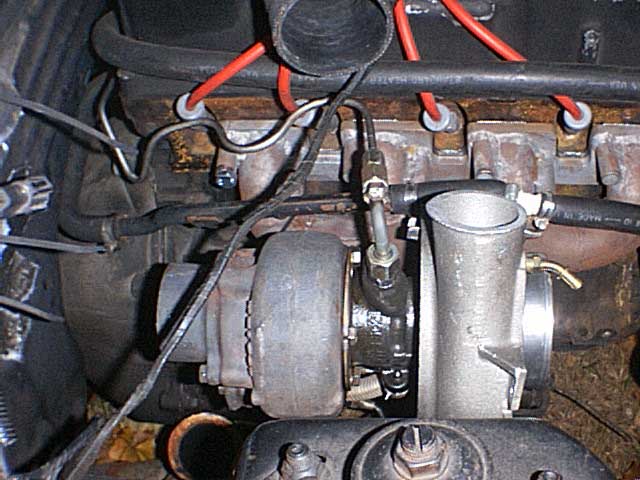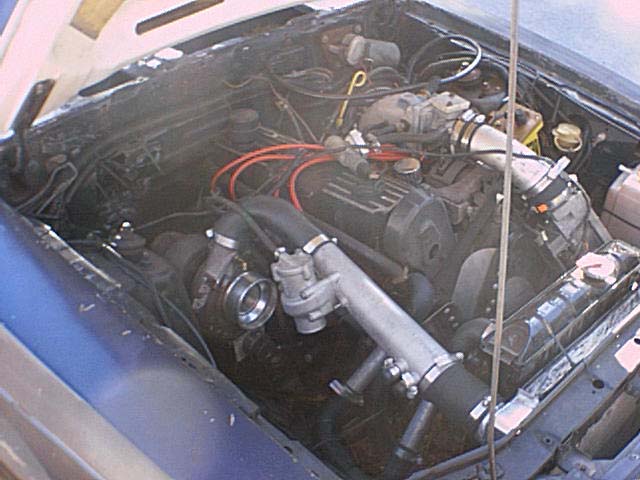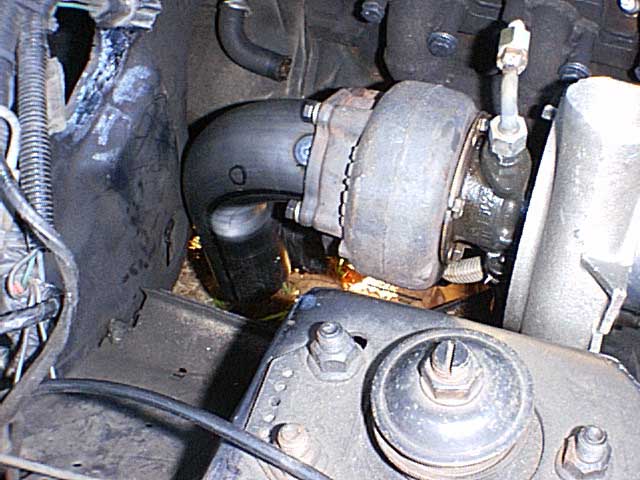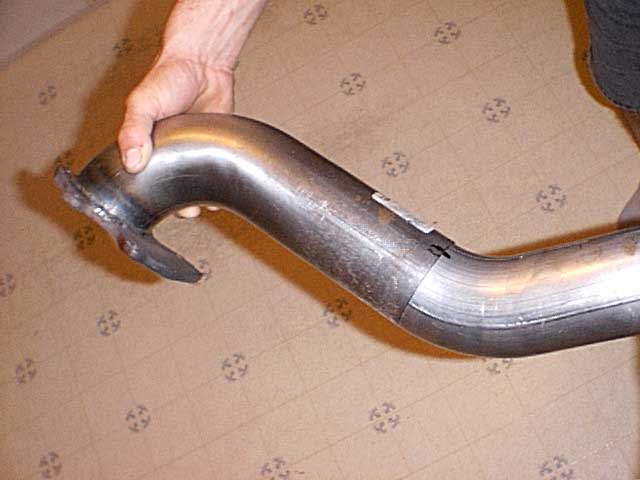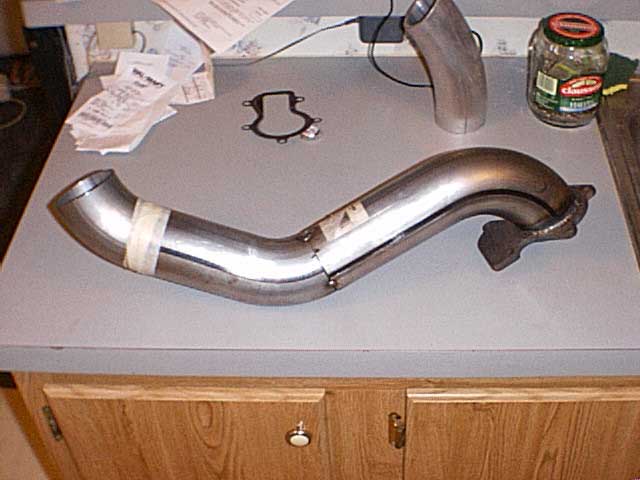|
|
|
| 1. | Home | 14. |
July
10th |
| 2. | Motor Installation | 15. |
Aug
5th (almost done!) |
| 3. | Painting the Interior | 16. |
October 2nd |
| 4. | Rewiring the Gauges | 17. |
November
4th |
| 5. | Test Drive! | 18. |
January 1st |
| 6. | Intercooler Fabrication | 19. |
February 15th |
| 7. | June 18th | 20. |
July
14th |
| 8. | June 23rd | 21. |
October
23rd |
| 9. | January 26th | 22. |
January 7th
2003 |
| 10. | February 6th | |
|
| 11. |
April 25th |
|
|
| 12. |
May 2nd |
||
| 13. |
June 2nd |
Junk Page |
